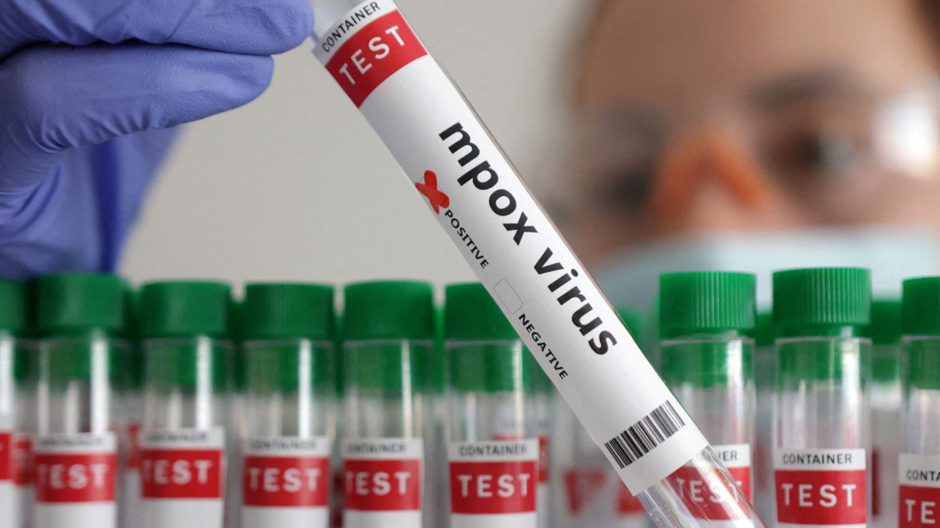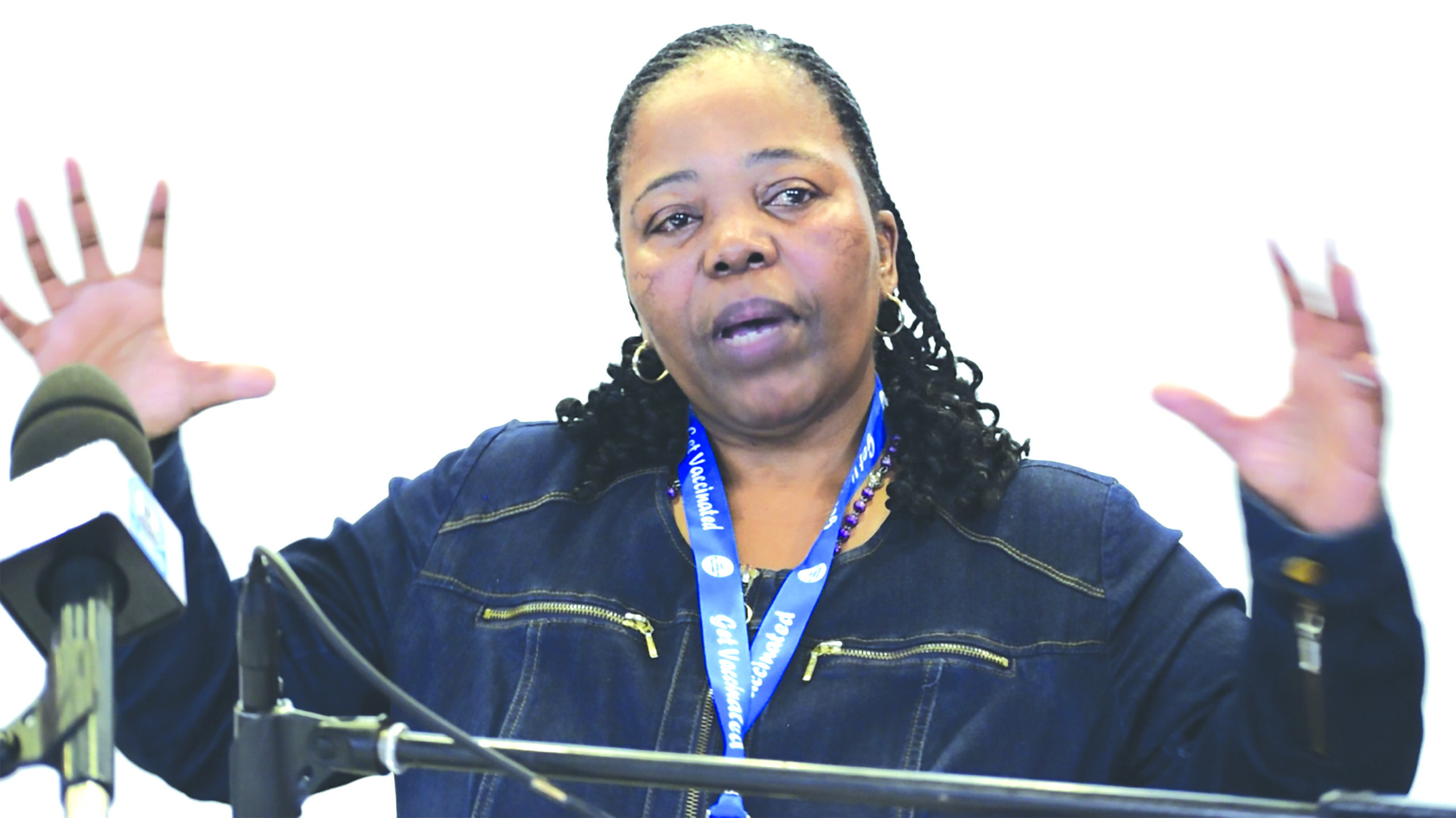Ntsoaki Motaung
In Lesotho, an estimated 12 percent of all Tuberculosis (TB) cases occur among children, yet the National TB Program and its partners have only managed to diagnose around half of these cases.
This alarming statistic was brought to light by Brittany Moore, an Epidemiologist at the Centers for Disease Control and Prevention (CDC), following a recent training session for trainers on childhood TB.
Moore emphasised the significant challenge faced by many countries, including Lesotho, where numerous TB cases in children go undiagnosed and untreated.
She stated that in Sub-Saharan Africa, most countries have a high burden of TB where it is endemic and said that it is estimated that between 10 to 20 percent of all TB cases in the region are among children.
She said some countries have improved their capacity for diagnosis through lab enhancements and training of healthcare workers, achieving about 12 to 15 percent coverage.
“But unfortunately, in most countries, the majority of children remain undiagnosed and untreated,” she said.
The Ministry of Health, through its National TB Programme, announced in June this year that its ongoing campaign, which began in March, successfully traced 937 TB patients.
While the programme could not specify how many of these cases involved children, it did confirm that 928 patients have since been enrolled in treatment, with efforts continuing to track the remaining cases.
The ministry estimates that 15,000 Basotho fell ill with TB in 2022, yet only 6,601 cases were identified.
The program’s manager, Dr. Llang Maama, highlighted the ministry’s ongoing efforts to close this gap.
“Based on the estimated burden of TB at 661 per 100,000 population, at least 15,000 Basotho are presumed to have TB,” Dr. Maama explained. “Those we have not found are termed ‘missing’ because we know they are there but have not yet been detected by our system.”
Globally, Moore highlighted, 12 percent of all TB cases each year are among children, with more than 1 million child TB cases annually. She explained that this grim reality underscores the importance of the collaboration between the CDC and the International Union Against TB and Lung Disease, which aims to build capacity among healthcare workers and clinicians.
She said the goal is to give healthcare workers and clinicians the confidence to diagnose TB in children, even at the primary healthcare level.
Dr. Cheelo Mwinga, a Pediatrician at the University Teaching Hospital, formerly Lusaka Hospital, in Zambia, pointed out that children often exhibit non-specific symptoms of TB, making it easy for cases to go unnoticed.
Mwinga explained that children may present with symptoms like reduced playfulness, fever, and an on-and-off cough. “If a healthcare worker isn’t specifically looking for TB, it can easily be missed. More training is essential to strengthen the ability of healthcare workers, not just paediatricians, to diagnose and treat TB in children.”
Dr. Nkuranga John Baptist, a Consultant Paediatrician, highlighted the gaps in TB programs. Nkuranga said there is a disconnect between the rich knowledge available at the national and global levels and what is actually practised on the ground.
“The relevance of training is to enhance how that knowledge is efficiently transferred from higher levels to the primary healthcare workers who are closest to the people.”
Steve Graham, a Technical Expert on Child TB and Senior Technical Advisor with the Union, emphasised the workshop’s focus on improving case detection and treatment for children and adolescents.
“We can also strengthen our activities to prevent TB in children, particularly in households where adults have TB,” Graham noted. “TB is an infectious disease that can be transmitted to our children, and preventing this transmission is crucial,” Graham said.

Your Trusted Source for News and Insights in Lesotho!
At Newsday Media, we are passionate about delivering accurate, timely, and engaging news and multimedia content to our diverse audience. Founded with the vision of revolutionizing the media landscape in Lesotho, we have grown into a leading hybrid media company that blends traditional journalism with innovative digital platforms.










